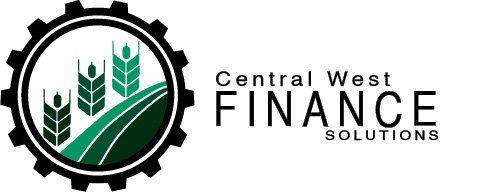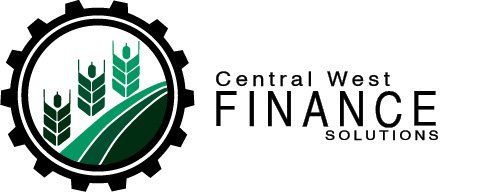If you want to successfully control your spending and work towards a financial goal, you need a budget.
Most people need to be able to see where their money is going each month. A budget can help you feel more in control of your finances and make it easier for you to save. The trick is finding a way to track your finances that works for you.
If you want to successfully control your spending and work towards a financial goal, you need a budget.
Most people need to be able to see where their money is going each month. A budget can help you feel more in control of your finances and make it easier for you to save. The trick is finding a way to track your finances that works for you.
**What is a budget? **
A personal or household budget is a summary that compares and tracks your income and expenses for a certain period of time. While the word ‘budget’ is often associated with restricted spending, it doesn’t necessarily have to be for it to be effective.
A budget will show how much money you expect to earn, then compare that to your required expenses like rent and utilities, as well as your discretionary spending such as entertainment. Instead of viewing a budget as a negative, you can view it as a tool for achieving your financial goals.
Here are 6 easy steps you can follow to create a budget that works for you.
Calculate your Net Income
The foundation of an effective budget is your net income. That is your take home pay - total wages or salary minus tax and other employer provided programs such as super. If you are self employed or have outside sources of income such as child support, include these as well. You can record these for any period of time but we recommend recording this total income as a monthly amount.
If you are someone with a variable income, such as a freelancer or seasonal worker, consider using the income from your lowest earning month in the past as your baseline income for when you set up your budget.
**Add up your expenses **
Once you know how much money you have coming in, you now need to work out how much is going out. Tracking and categorising your expenses can help determine what you are spending the most money on and where it might be easiest to save.
Start by listing your fixed expenses. These are your regular monthly bills such as rent or mortgage, utilities, car payments, insurance etc, that generally stay the same each time.
Next you need to list your variable expenses. These tend to change month to month and include things like groceries, fuel, entertainment and clothing. This is an area where you may find opportunities to cut back on.
If you don’t have an ‘emergency fund’, include a category for surprise expenses that have a habit of popping up over the month, derailing your budget.
If you are not sure how much you spend in each category, take a look at your last two to three months of credit card or bank transactions and make a rough estimate.
Set Realistic Goals
Before you start sifting through the information you’ve tracked, you need to determine your financial goals. What are you saving for? Are you working towards a specific goal such as buying a house or an overseas holiday? Or are you just wanting to save a certain amount of money by a certain period of time?
Remember, your goals don’t have to be set in stone, but identifying them can help motivate you to stick to your budget - it’s easier to cut spending if you know it’s for a cause.
Create a Spending Plan
This is where what you're actually spending vs what you want to spend all comes together. Use the variable and fixed expenses you compiled to get a sense for what you’ll be spending in the coming months - compare this to your net income. Now set specific and realistic spending limits for each expense category.
Depending on how seriously you want to cut your spending, you may choose to break down your expenses ever further - between things you need and things you want. For example, if you drive to work every day, fuel is a need. Your monthly Netflix or Spotify subscriptions are wants. This difference, between wants and needs, becomes important when you’re looking for ways to redirect money to your financial goals.
Adjust your Budget
Your budget needs to work for you and your lifestyle. It’s understandable that circumstances can change and our priorities can shift. Make an appointment with yourself every month or so to sit down with your budget and make sure it’s working for your current goals and realities - make adjustments accordingly.
Make budgeting easier
To ensure you continue to stick with your budget, you need to make sure it’s easy. Nobody wants to sit down every month to review their budget if it's a chore. To make it easy, you may like to consider having separate bank accounts for each of your budget categories. For example, have a transaction account for bills and expenses, a transaction account for spending, and a higher interest savings account.
You can then automate your budget by setting up a regular transfer into your savings account on payday and direct debits when bills are due.
**Get in Touch **
Here at Central West Finance Solutions we pride ourselves on our customer-centric approach and our delivery of financial solutions to the people of regional NSW.
Once you have reached your financial goals by implementing a budget, get in touch with us today. Our team of qualified brokers would love to help you with your financing needs.





